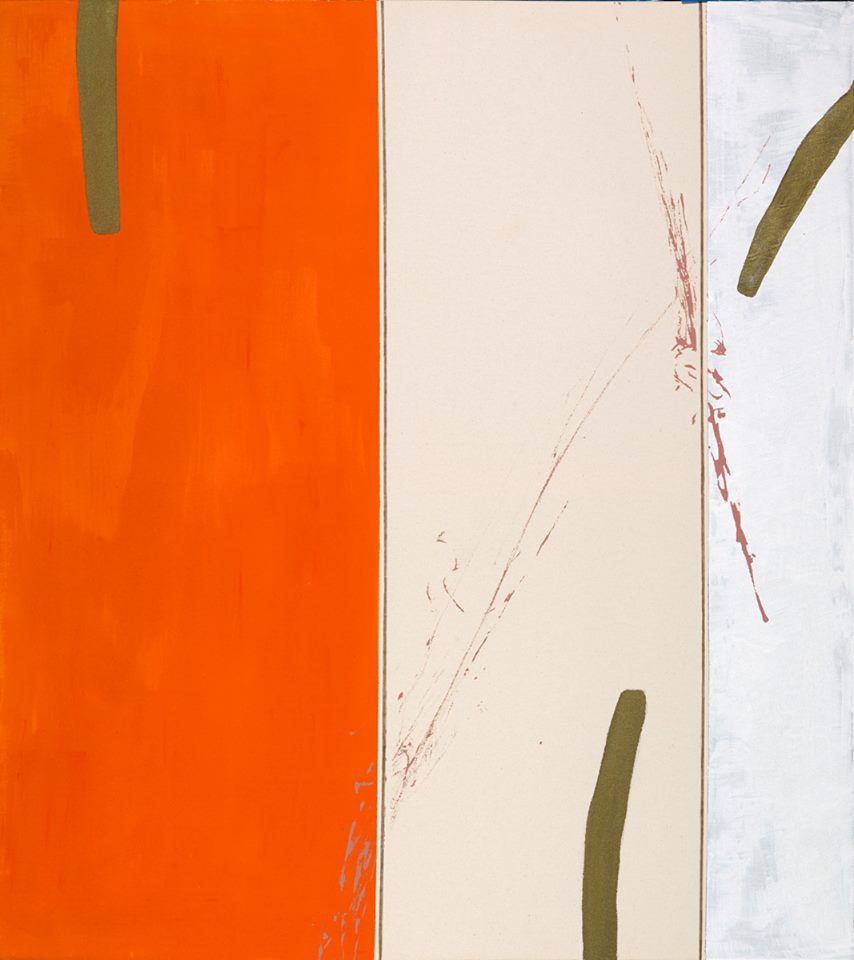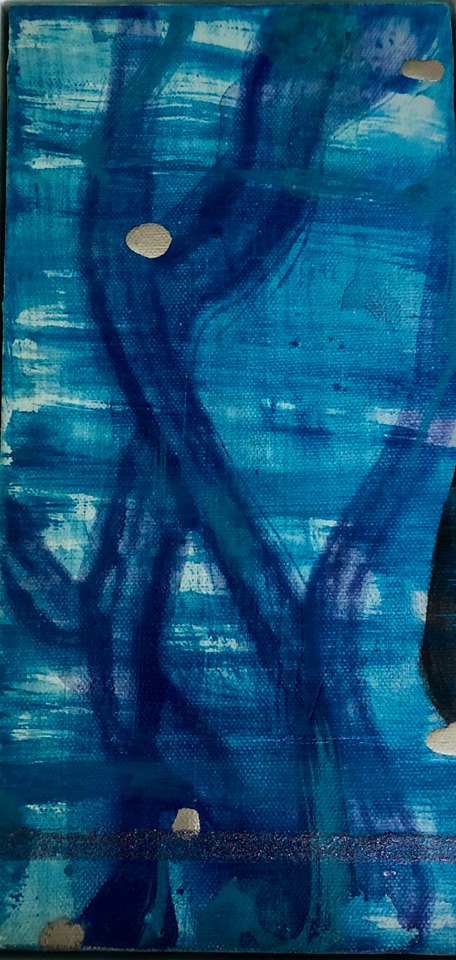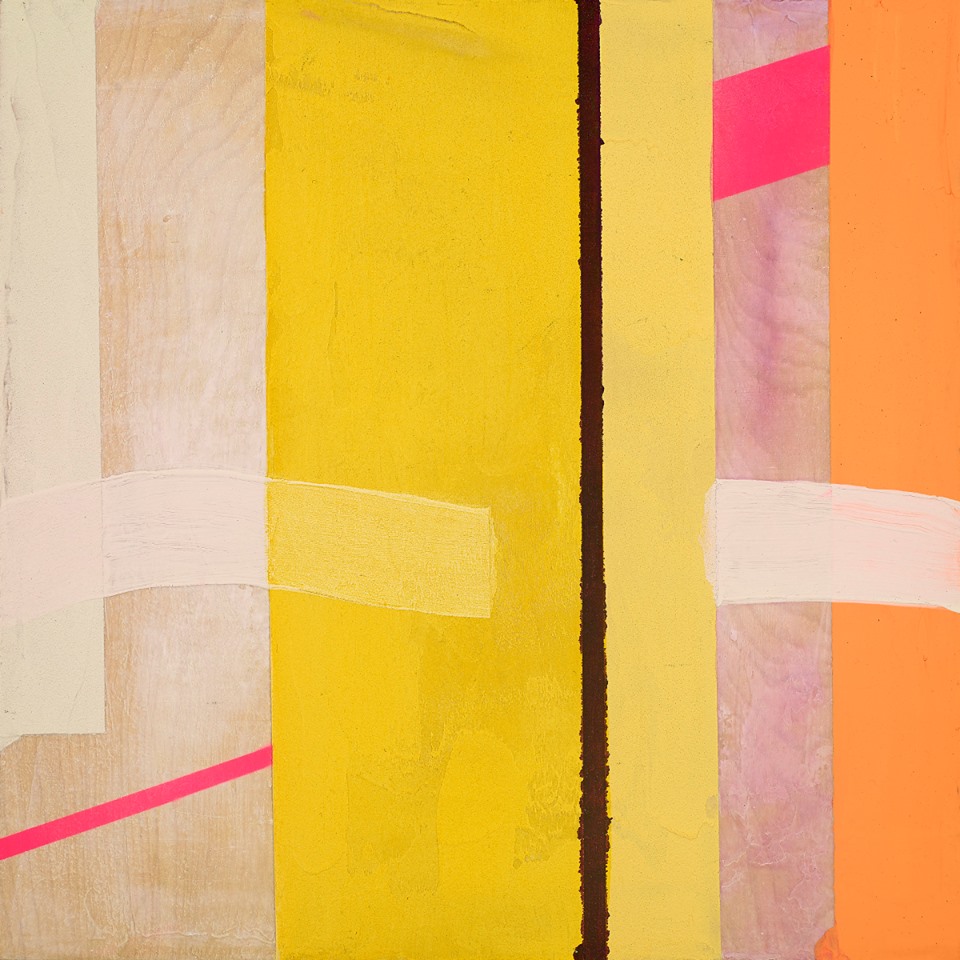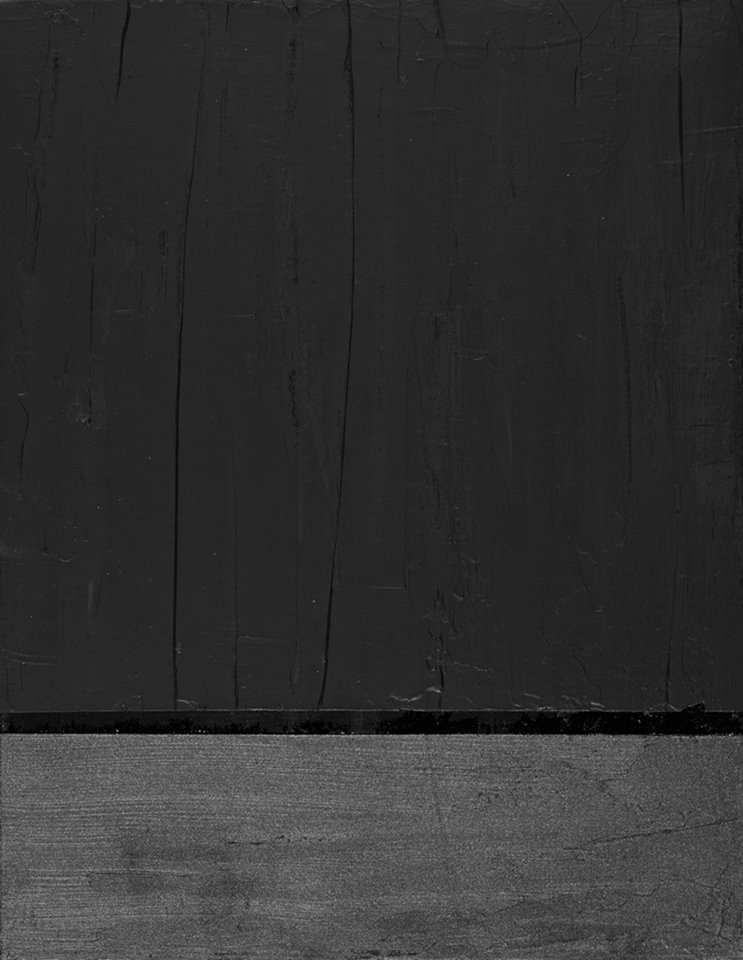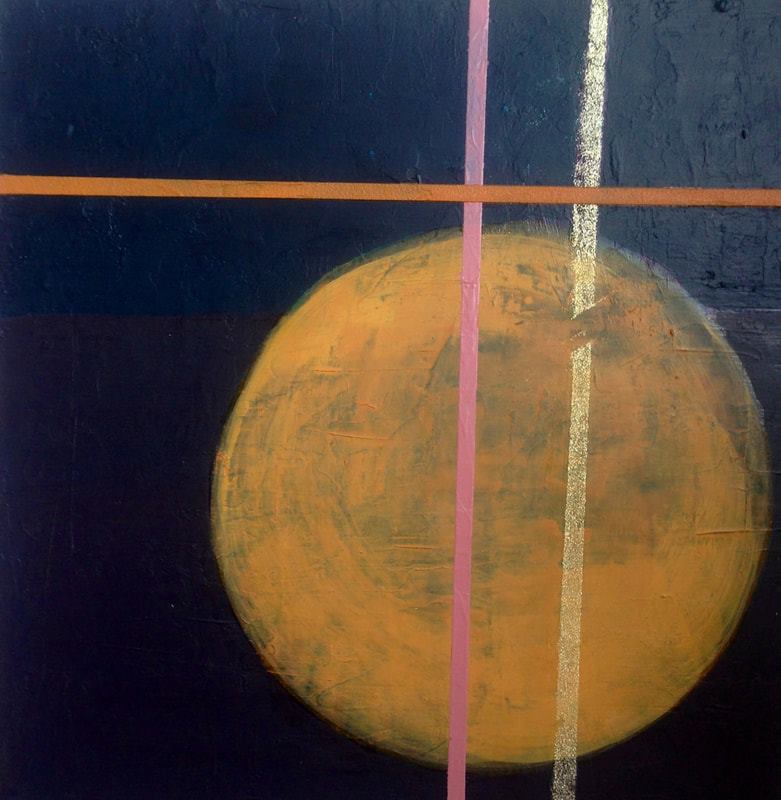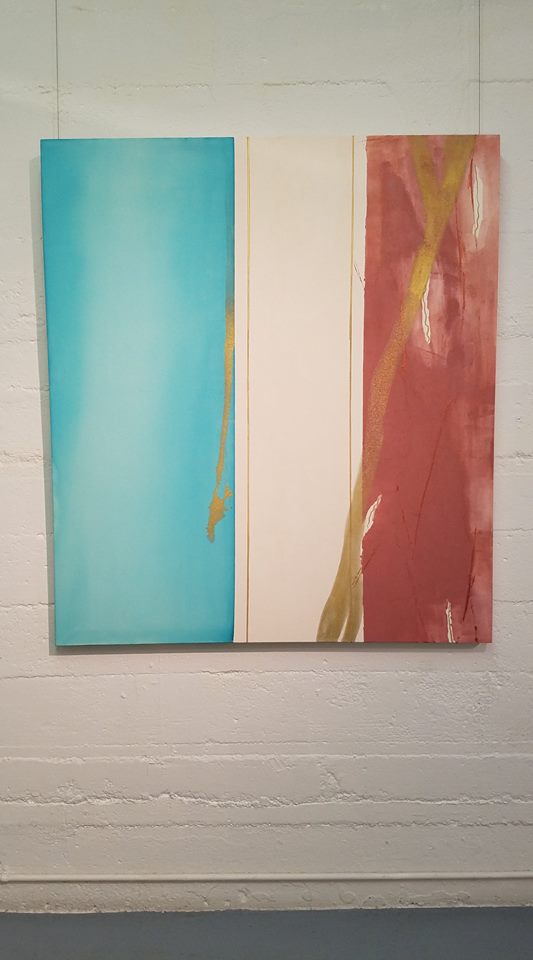Frederika Roeder has a California state of mind. She says her art is inspired by the state and its “diverse landscape that ricochets from barren deserts to peaks of 11,000 feet in the Sierra Nevadas, to epic surf along the Pacific Coast with swaths of blue skies holding it together.”
As a self-described “4th generation Californian,” Roeder grew up with the ocean, desert, and mountains defining her early years.
“My grandfather used to take me on weekend excursions to the high desert of Lucerne Valley. He like to explore the old mines and take the dirt roads into the unknown distance. It was he who taught me to love the rocks and sand, and yuccas and the Saguaro trees…. I learned to watch the endless horizons of the desert.”
Her family’s love for California was intergenerational – Roeder says her father was one of the first surfers in southern Orange County, an area which still resonates with her, particularly the area around Dana Point. “For me it embodies all that is iconic about Southern California. There is also a narrative of my life buried in the landscapes. I think of our landscape as essentially high contrast, not a blend, so it can be exhilarating to go from one area to another and learn to love them all.”
Roeder has transferred that love of landscape into her work. “I would like viewers to take away from my art a sense of awe, beauty, and inspiration that hopefully and possibly transfers back to the respective beauty of place that they have experienced personally. And if not that, of California,” she relates. “I want viewers in a way to be redirected both to their own lives in respect to the beauty of landscape, the fragility of our own coasts, deserts, and mountains in the face of the inevitable onslaught of civilization and necessary development. These places deserve to be respected, cherished, and held in awe.”
With that in mind, Roeder believes that “This is the beginning phase of resisting the bulldozers that tear the state apart, segmenting it into freeways so those endless horizons become less and less. Perhaps it leads to environmental activism.”
Roeder hopes that viewers of her work “take away a re-appreciation for the blues of the Pacific, the nearly synthetic pinks of sunset, and the glistening whites of Sierra snow, and San Clemente sprays of white from the waves. In some of my work, I have been inspired by a long walk at the beach with the green of kelp interspersed with the black of mussel shells.”
Roeder has worked as an artist all her life, and is today “continuing to explore my San Clemente Series,” lush paintings that evoke sea, sky, and sand (above).
She says her color palette is “anything derived from the ocean – from kelp, to waves, to foam, to tar, to coves, to huge swells, the night sky, the sand, the sounds, and the smells, as well as the unsurpassable beauty of Tahiti, Hawaii, California beaches, the great Sonoran deserts as far south as Borrego and north to Lancaster and northeast to Bishop – and the mountains that line all of this.”
It is a palette that vibrates with light, life, and nature; her abstract works seem to send energy right off the canvas. Her use of light, space, and color evoke an artistic environment that is entirely original and yet one which seems innately familiar – a kind of homecoming, perhaps, for California.
To say natural landscape is the quintessential driver of Roeder’s work is not hyperbole. She’s in love with the “gently morphing” sunset colors; and sees “the browns and grays of the desert sand and LA as a neutral that makes the colors even more vivid. The pines of the Sierras and the gray green of the oaks are not absent from my palette, often referencing them with a line like a pinstripe on a Mustang Convertible,” she explains.
Darkness, too, gets its due. “Even the dense fog, black nights, and the red tides have influenced my color sense.”
She adds that “Once I realized that nature can be as neon as it gets, it seemed to justify my use of neon, interference, luminesence, and all things shimmering.”
Her colors are textured and rich, with a depth that seems to come naturally to her in her use of layers, and overlapping colors. Roeder says this visceral quality has not always been the case with her work, which has grown more textural in recent years.
“Combining mixed media collage, acrylic, and ink, and acrylic pens with glazes and full body acrylic with even mediums that make it even thicker, has become interesting and vital to me,” she relates.
For Roeder, her technique and mediums all come back to the landscape itself. “I like to think again to nature where everything is mixed: smooth against rough, thick against thin.”
As an artist, as well as a conduit for the natural beauty that she personally adores, she says she also allows the canvas — or ground — to be part of the painting. “It is both an historical reference to canvas as one of the main grounds for art-making, as well as a reference to the sound and look of real canvas sails, and a non-digital reference point. I also just like the look, feel, neutrality, and perfect off-whiteness of canvas. It adds a natural consistency and texture to the paintings I like.”
Roeder’s work is as rich, varied, and jeweled as the landscapes she so admires – and transmits to viewers through the many-faceted dimensions of her art.
– Genie Davis; photos: Frederika Roeder




